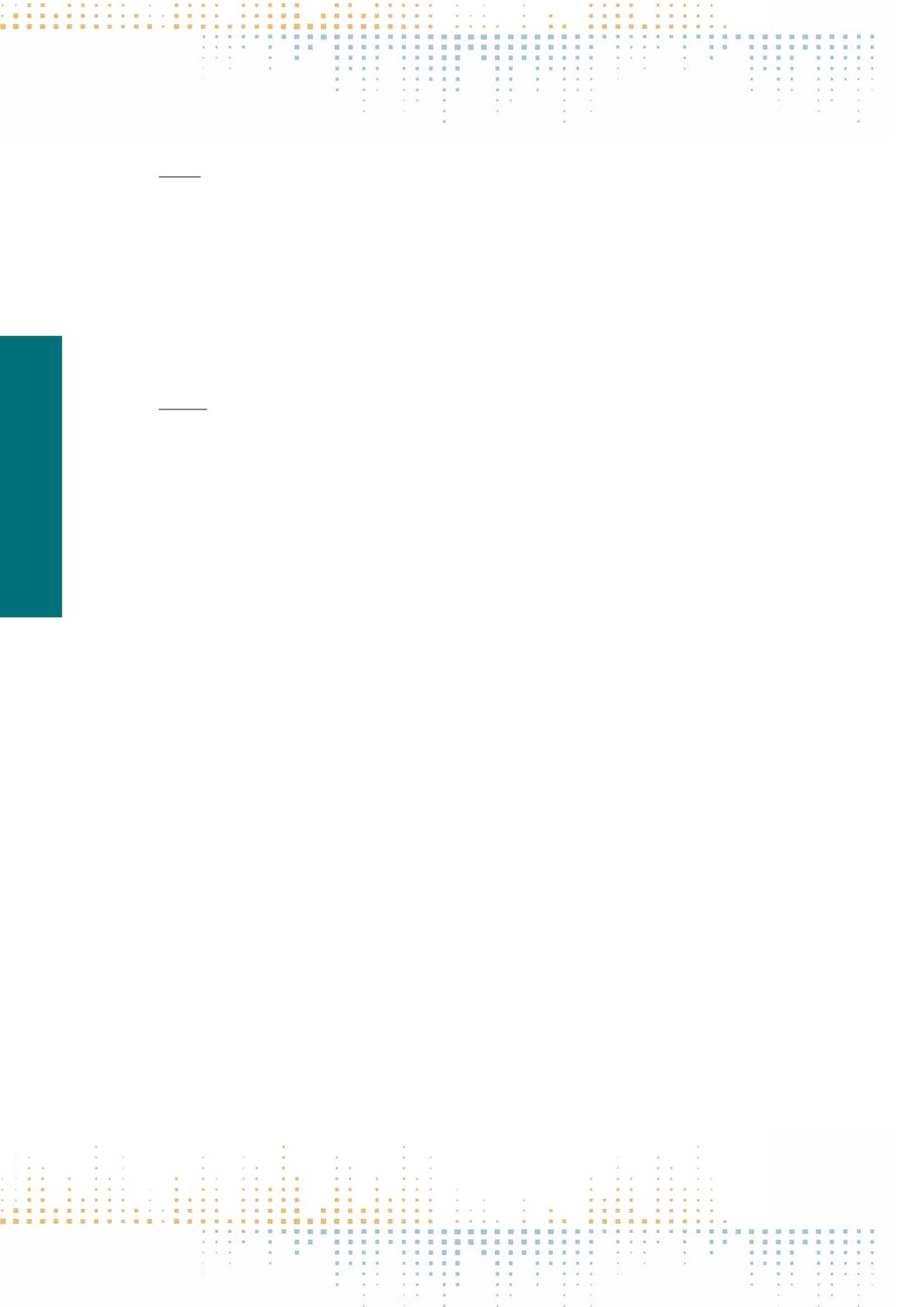

264
Friday, November 11
1 4 : 3 0 – 1 6 : 0 0
PS 058
Violence Against Women by Internet and Mobile Phone. Prevention Through the Media
A. Rosser
1
1
University of Alicante, Communication and social psychology, San Vicente del raspeig, Spain
Violence against women is showed as physic, psychological or sexual aggressions (UNO, 2006). New technologies had supposed the apparition of new kind
of violence with new digital forms as the “cyberstalking”. Through Short message service (sms),WhatsApp and social networks, some actions are making
to have power over or isolate the woman, as well as to shame or embarrass her, producing a big psychological and/or emotional harm. This paper presents
an analysis of the content of institutional campaigns in Spain showed in different media, and available on the Ministry of Gender, Social Services and
Equality website, which aims is to raise awareness about cyberbullying as a form of violence against women. The variables analyzed were year of issue,
broadcast media, campaign goal, target, characters, visual aids (color, music, etc.), tone, etc. Additionally, message type and persuasive changing attitudes
and strategies implemented have been analysedWe conclude on the importance of the media for public awareness against gender violence and these new
manifestations and empowering women victims of such attacks. Finally, effects of advertising in an attitude change are highlighted.
PS 059
Gay Surrogacy in Media: TV News Representation of a Reproductive Method for Homosexual Parenting
R. Ventura
1
, C. Roca-Cuberes
1
, L. Gomez-Puertas
1
1
Universitat Pompeu Fabra, Department of Communication, Barcelona, Spain
The media representations play a part in shaping audience perception and judgment about social concerns. While on the one hand TV news aim to produce
objective and informative content, on the other hand they also construct discourses about reality that might lead to promote certain normative practices.
In our study we analyse a TV news story about a gay couple who resort to surrogacy in India to become parents. By using a methodology based on the se‑
miotic-narrative model we aimed to discover what narrative construction is implemented by the media when combining two non-normative practices: gay
parenting and surrogacy. In this sense, this paper also explores how surrogacy intersects with other axes, such the economic, medical, legal or intercultural,
which reconfigure the discourse as well. Furthermore, these intersections reveal what values are transmitted. Results show that the news story represent
the gay couple and their pursuit to become parents as part of the normativized practices, but in contrast it reveals a position against the use of surrogacy.
This narrative promote a certain worldview that lead to perpetuate negative stereotypes of surrogacy, particularly when related to gay couples.



















